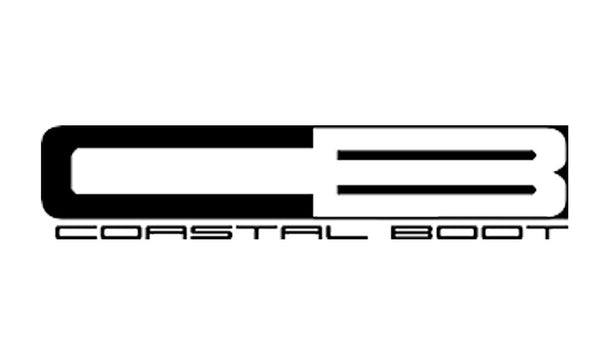When you get a new pair of work boots, they aren't likely to fit perfectly when you first take them out of the box. Once new boots have been broken in properly, they will conform to your unique foot shape. This takes time. By following the best practices during the breaking-in process, you can have comfortable boots without causing damage to your new footwear. Using the wrong techniques risks permanently damaging them. Avoid techniques that involve water or extreme heat. Leather is durable, but it is possible to severely damage it. You want your boots to have a snug fit, and you don't want to warp them before you've even gotten a chance to work in them.
If you don't want to be bothered with breaking in boots for work, the Chippewa Apache Logger 20091 and the Timberland Pro Linden TB01150A214 require no breaking in at all. Otherwise, follow these tips for breaking in your new boots as fast as possible.
Things You Should Do
Get boots that fit.
New boots are not going to be perfectly contoured to your unique foot shape right when you take them out of the box, but they do need to fit well. A pair that did not fit snugly to begin with will never be comfortable. If you have already purchased boots and they don't fit like they should, return them immediately. You need to start with a pair that actually fit.
Wear your new boots at home.
Wear your boots at home for about ten minutes per day instead of trying to make it through a whole shift at work in them before they have been broken in. Gradually increase the amount of time you spend wearing them so that you regularly spend time walking and sitting with the boots on your feet.
Apply leather conditioner.
Moisturizer is a great way to speed up the breaking in process. Leather conditioners provide hydration and come in a variety of types including creams, oils, and liquids. Moistened leather bends easier, but that does not mean it's a good idea to soak the leather in water. A conditioner will provide just the right amount of hydration.
Things You Should Not Do
Do not ignore severe discomfort.
Every boot manufacturer sizes products a little differently. If you noticed a pinch or an uncomfortable area when you were trying boots on, return them if you can. These types of problems will not go away once your work boots are broken in.
Do not submerge your boots in water.
Some people recommend fully submerging new boots in water to help break them in. Others say to soak them and wear wet boots for a while. These are terrible suggestions. In addition to being unpleasant to wear wet boots, water can also severely damage leather. Eventually, exposure to water causes leather to warp.
Do not apply direct heat.
Some people recommend baking leather footwear in an oven or blasting it with a hair dryer to speed up the breaking in process. This is a bad idea for the same reason a leather conditioner is a good idea. Dry, cracked leather is not what you want.
If you want your work boots to fit properly and last as long as possible, they have to be broken in properly. Remember, many of the methods people use for breaking in boots can lead to ruined leather. If you don't have time to break in your new footwear, consider the Chippewa Apache Logger 20091 or the Timberland Pro Linden TB01150A214 from Coastalboot.com. Neither of these boots require breaking in, so you can get right to work in them.
